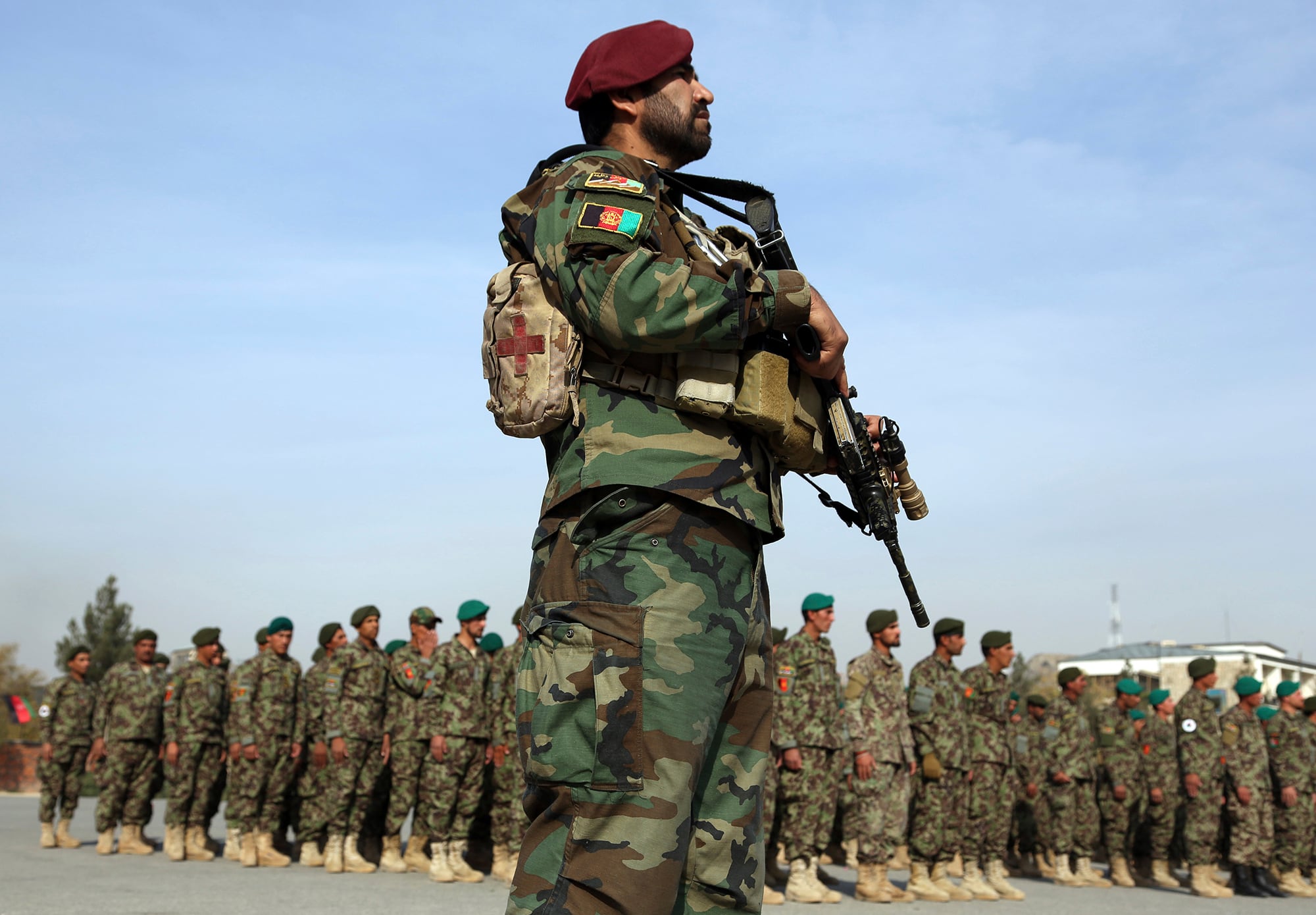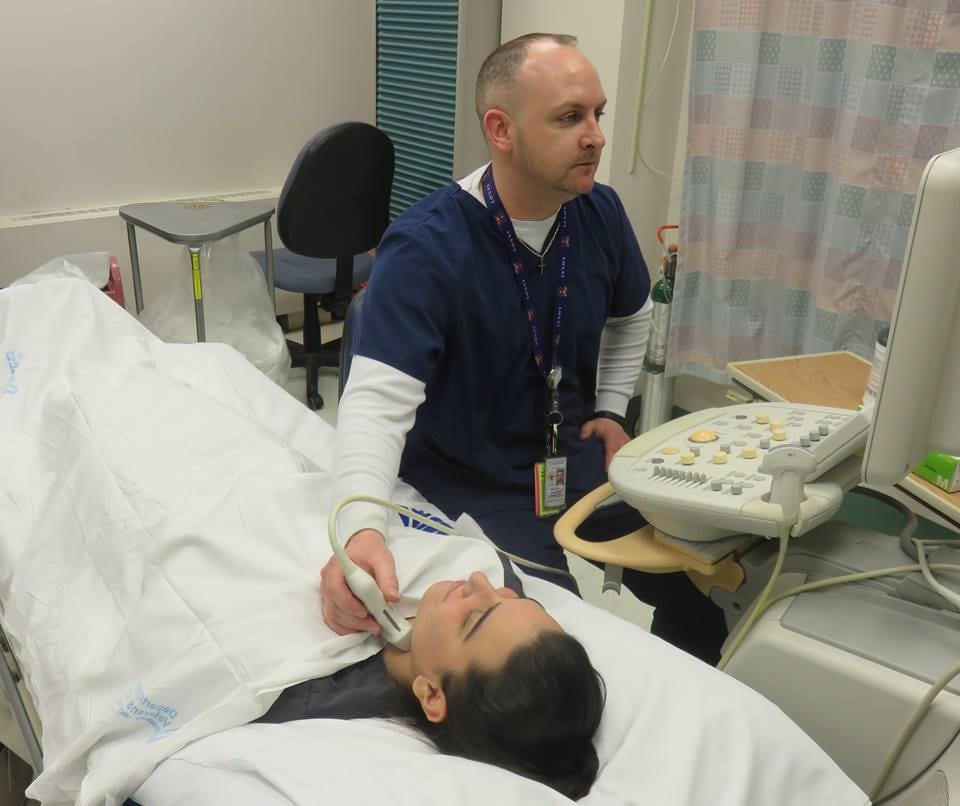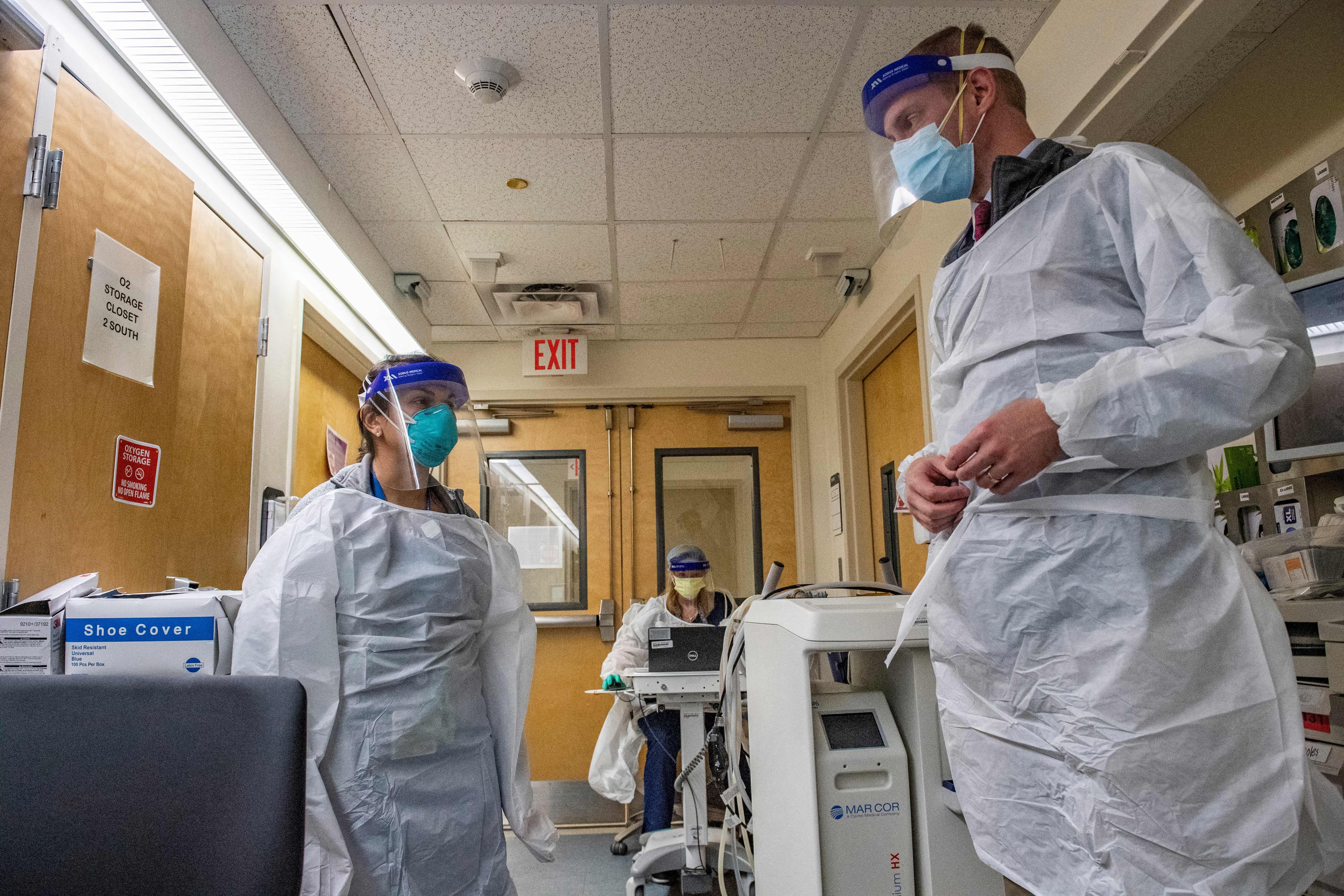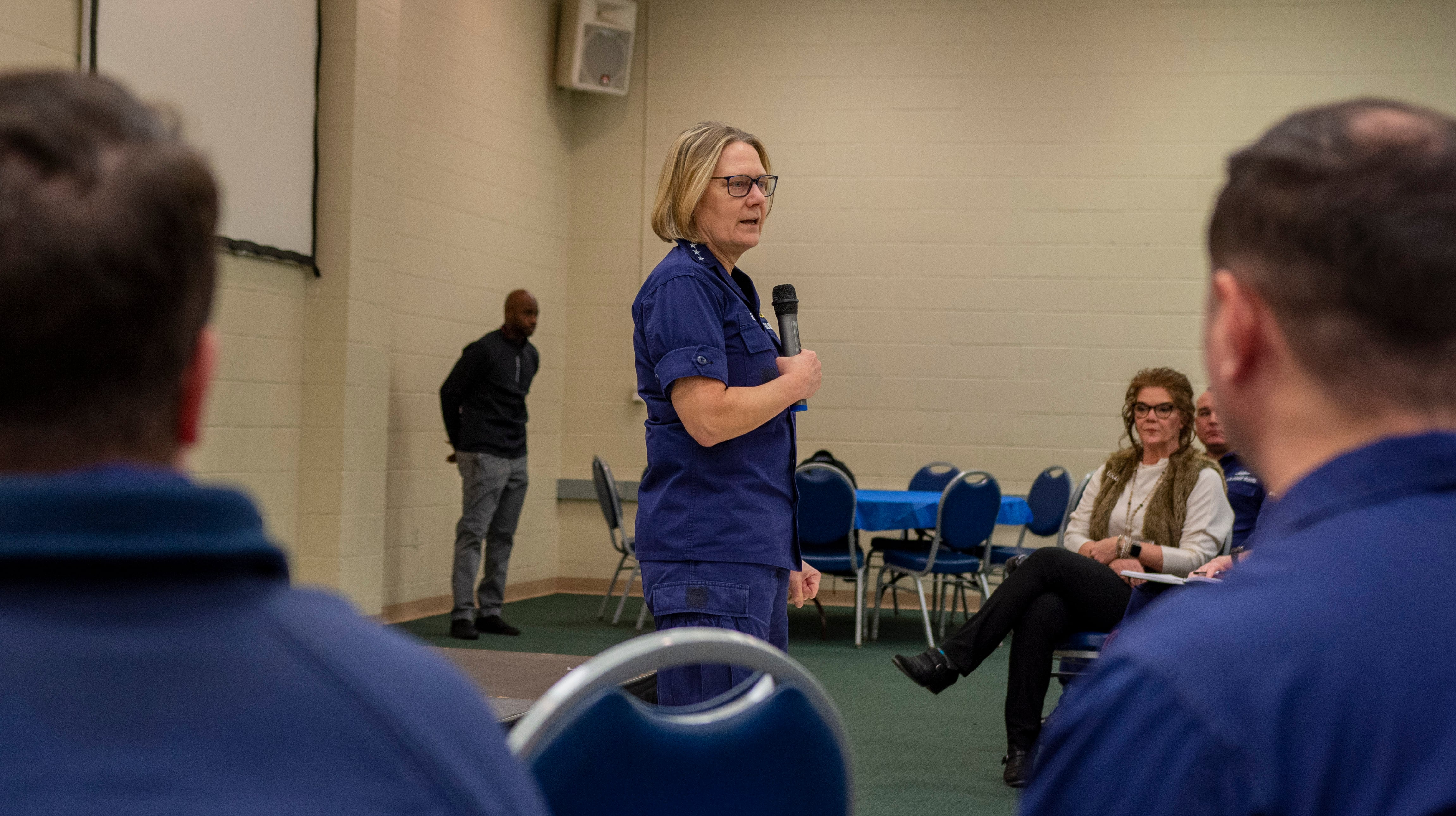On Sept. 28, 2019, for the first time in nearly two decades, the Afghan security forces managed to secure the country’s presidential election without foreign support. Although the multi-nation U.S.-led coalition earlier provided critical enabling support to Afghan forces, only Afghan forces (ANDSF) were deployed on Election Day.
More than 72,000 soldiers, which included military and police forces, were deployed to secure polling sites across Afghanistan. In addition to securing polling stations, they simultaneously encouraged people to cast their votes as they fended off a variety of terrorist threats. As a result, insurgents were unable to disrupt logistics or mount major attacks on Election Day.
To a large extent, the success of the Afghan forces’ ability to secure Afghan elections were a result of years of important reforms employed by the Afghan government. More specifically, the accelerated reforms put in place by President Ashraf Ghani in the security sectors, including retiring the former jihadi-leaders-turned-army-generals, sit at the heart of those reforms. Instead, Ghani promoted foreign-trained younger officers, who brought in a variety of training experiences from other countries, including the United States, Britain, Turkey and India. Last year, Ghani retired 164 army generals as part of his long-term plans to reform and professionalize the security forces through implementation of the inherent law.
RELATED
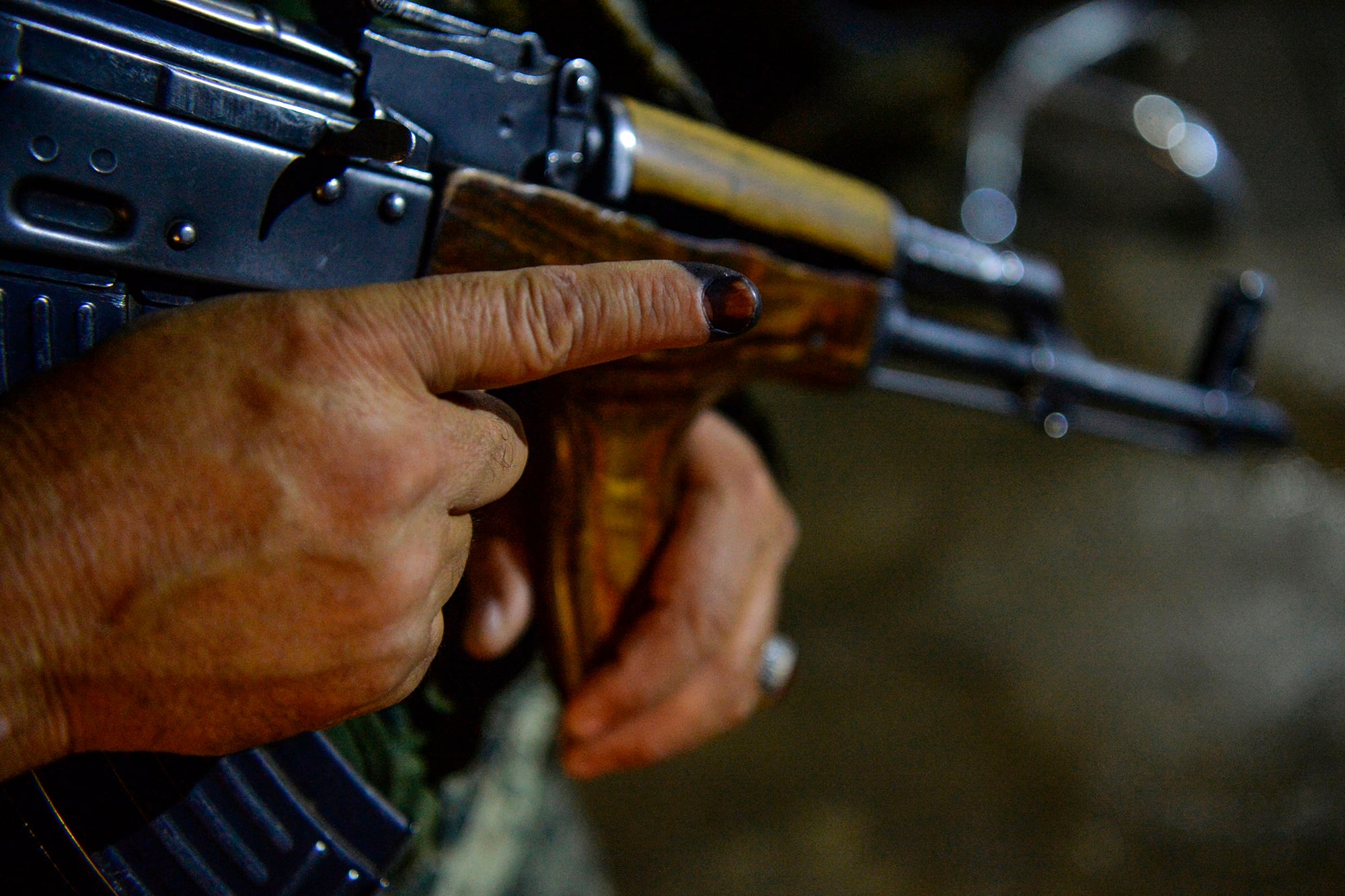
Former military generals lacked professionalism and the Soviet-trained officers were uninterested in the Western-backed political and military system. More so, they were influenced, intimidated, exploited and undermined by local strong men. Such interferences and divided loyalties led to rifts within the military’s rank and file so much that the military top brass never agreed on war strategy. Consequently, nearly two-thousand generals are scheduled to be discharged honorably under Ghani’s reform plan.
Knowing that the sloppy peace talks are against Afghan national interests, President Ghani adopted an offensive strategy against the insurgents, which has resulted in gradual recapturing of districts that were previously controlled or taken by force by the Taliban. President Ghani also entrusted Hamdullah Mohib as his new national security adviser. Mohib followed through on the Ghani’s reform agenda and injected the entire security system with anti-Taliban veterans. Since these changes, Afghan forces have managed to push back the Taliban.
The Afghan forces are no longer defensive in their posture; all seven Afghan national army corps have been engaged in offensive operations. The special operations capabilities have grown to now include conducting independent operations, which have relieved the full burden of air support on coalition partners. The internal operation coordination is improved, and they now rely on their own intel.
The Afghan security forces do not expect a surprise from Washington — a withdrawal tweet. There are some great challenges the Afghan forces still face. The number of coalition forces peaked at 140,000 back in 2011 and reduced in subsequent years as foreign forces wrapped up combat operations; the Afghan forces filled the vacuum. Eventually, weighing the capabilities and critical back up, the Afghan government wants to ensure that a gradual wrap up strategy is in place.
Fighting a war with a variety of terrorist groups is costly — the Afghan government is still too far away from self-reliance and paying the forces from home revenue. The United States and coalition partners’ support is critical at this time; even as we bring troops home and war is fading out, there should be a financial commitment to the Afghan forces.
As we need the Afghan forces to fight this war, its air force still crawls largely due to the lack of necessary equipment, training for air support, and, more importantly, medical evacuation. Wounded soldiers die in mountains — more often than not, injured soldiers must wait a period of days for a single helicopter to be airlifted for treatment.
The Afghan army rank and file are born and raised after Sept. 11, 2001. This new generation makes up the backbone of the army, with high morale. The quality of training and equipment provided to the Afghan forces contributes largely to combat casualties — not all forces receive the same level of training and equipment that the special operations elements receive.
AFCENT assessment shows the Afghan air force, with inventory on hand, no longer require direct coalition support for routine operations. This year alone, the Afghan forces have launched nearly 3,000 operations and conducted more than 400 air assaults to foil the Taliban initiated attacks.
The Taliban have resorted to soft targets to put pressure and invite public outrage against the government. According to a U.S. Department of Defense report, the Afghan government made big changes to the ANDSF leadership “that are helping move the ANDSF towards becoming a more professional force.” However, the Afghan forces will require more training and advice from the international partners, and financial support, including reforms in its messy personnel and pay system, to overcome shortfalls.
Bashir Safi is a former adviser to the US Department of Defense in Afghanistan, mostly writes on the national security affairs and terrorism.
Editor’s note: This is an Op-Ed and as such, the opinions expressed are those of the author. If you would like to respond, or have an editorial of your own you would like to submit, please contact Military Times managing editor Howard Altman, haltman@militarytimes.com.
